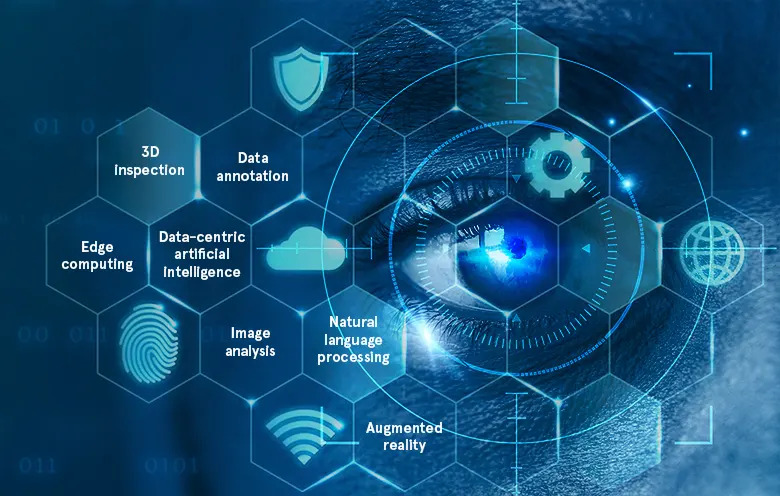COMPUTER VISION (Robotics, VR, AR, Imaging, Autonomy)
- Computer vision applications drive innovation in robotics and automation.
- VR and AR solutions offer immersive experiences for various industries.
- Imaging and autonomy solutions enhance efficiency and safety in diverse
applications.

Computer vision is an incredible field that spans various domains like robotics, virtual reality (VR), augmented reality (AR), imaging technologies, and autonomy. It involves the development of algorithms and techniques enabling computers to understand and interpret visual information from the world around them.
In robotics, computer vision allows robots to perceive their environment through cameras or sensors, enabling them to navigate, manipulate objects, and interact with their surroundings autonomously.
In VR and AR, computer vision plays a crucial role in creating immersive experiences by tracking and understanding the user’s movements and the environment to overlay digital information or alter reality.
Imaging technologies, such as medical imaging or satellite imagery, benefit greatly from computer vision algorithms that assist in diagnosis, analysis, and interpretation of visual data.
Autonomy, especially in vehicles like self-driving cars or drones, relies heavily on computer vision for tasks like object recognition, lane detection, and obstacle avoidance, enabling these systems to make decisions based on real-time visual inputs.
Advancements in deep learning, convolutional neural networks, and image processing have significantly propelled the capabilities of computer vision, making it a transformative technology across various industries.
